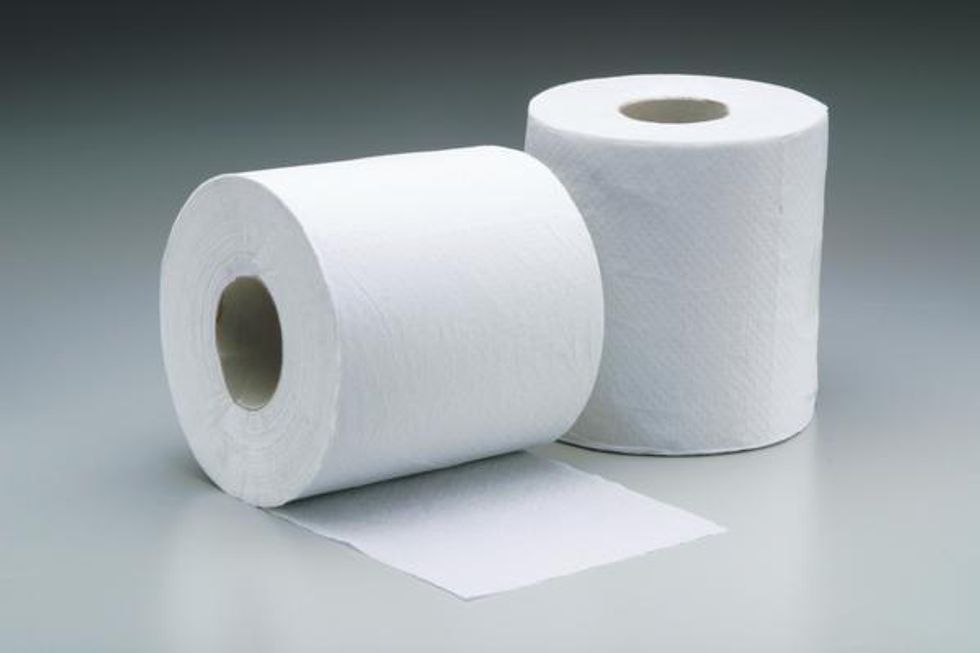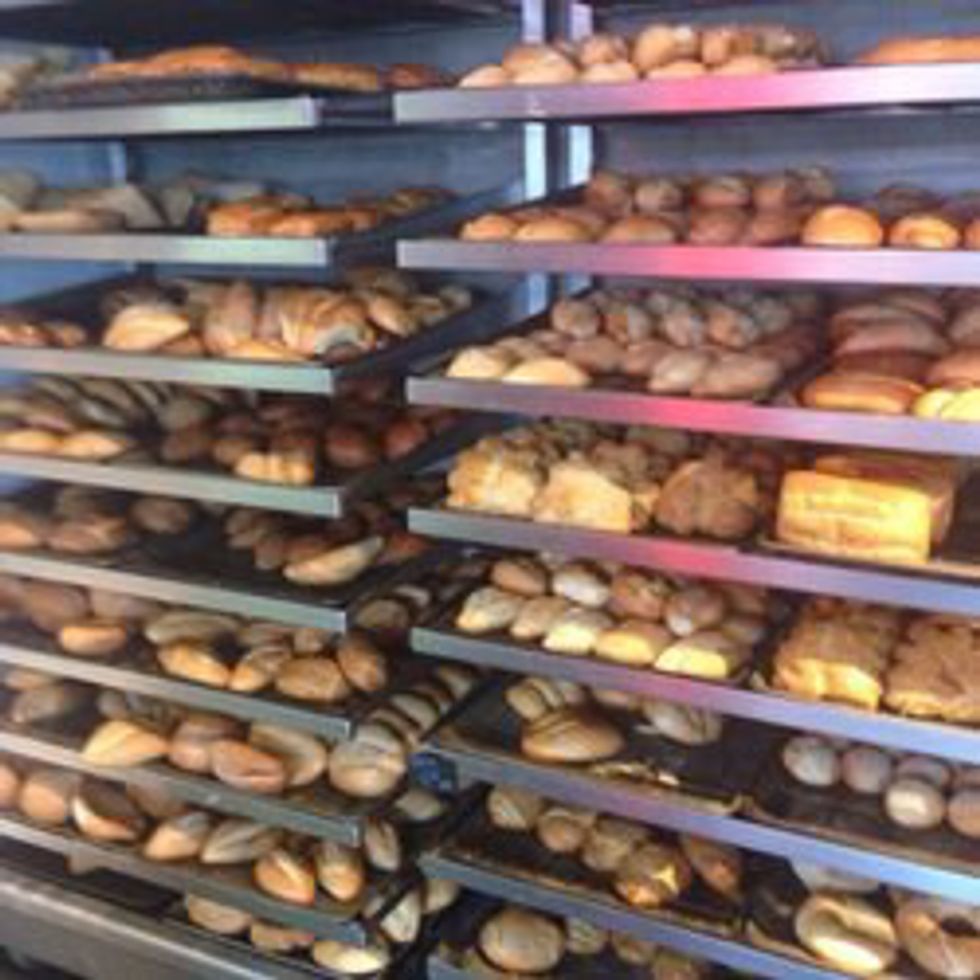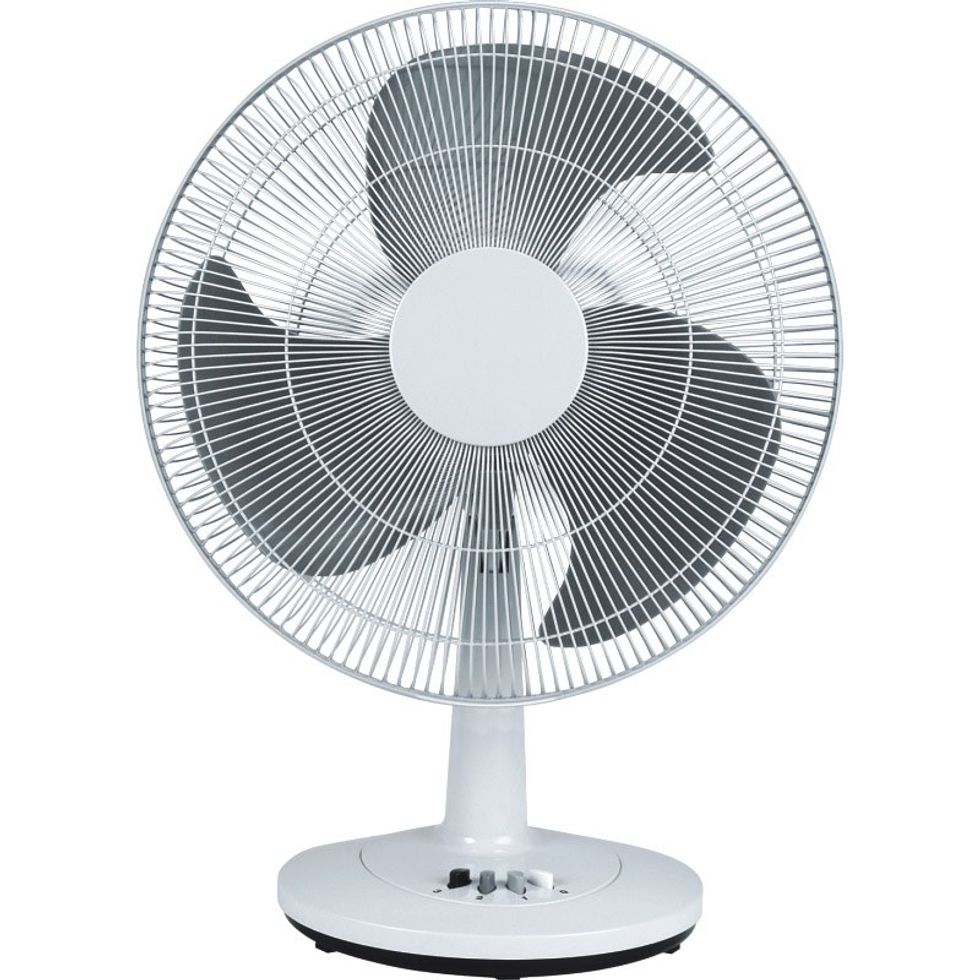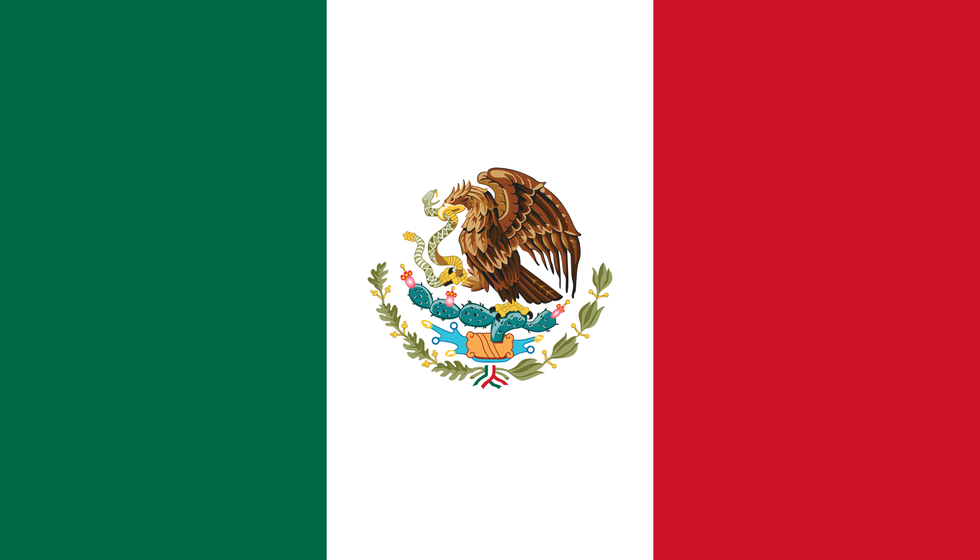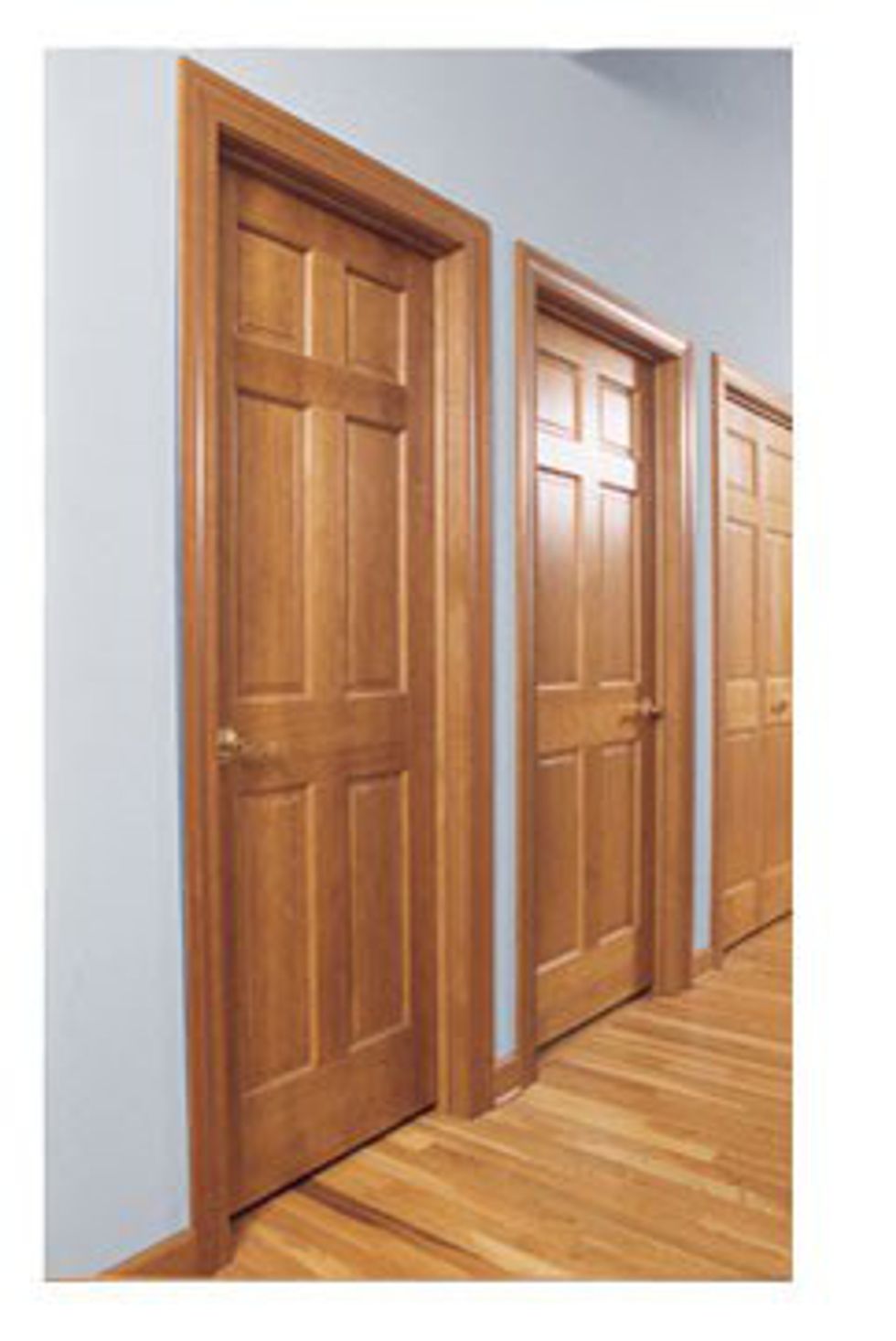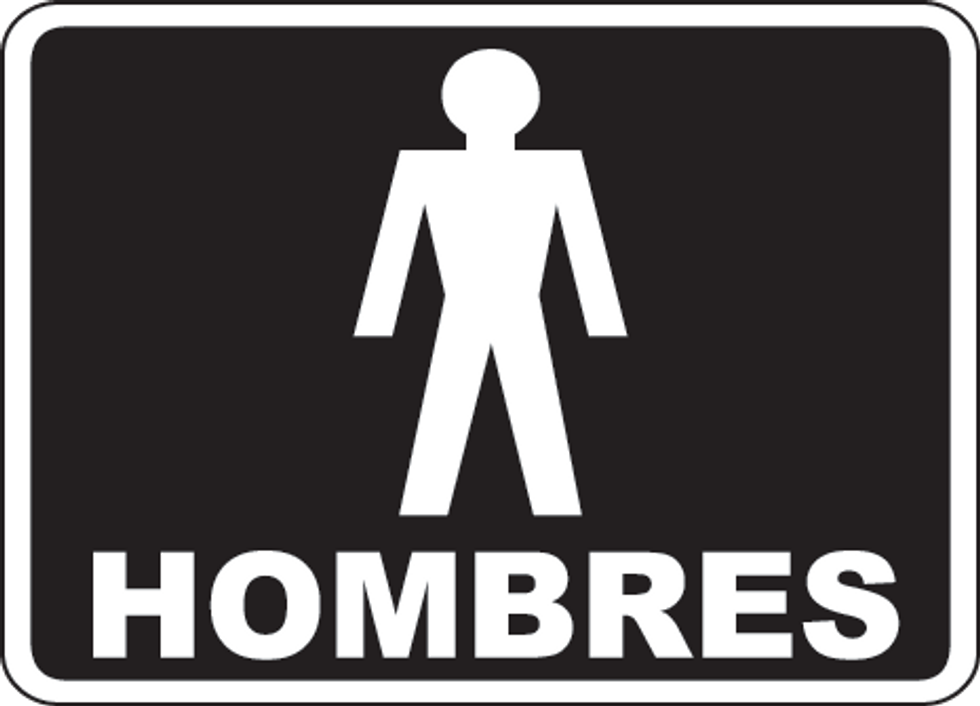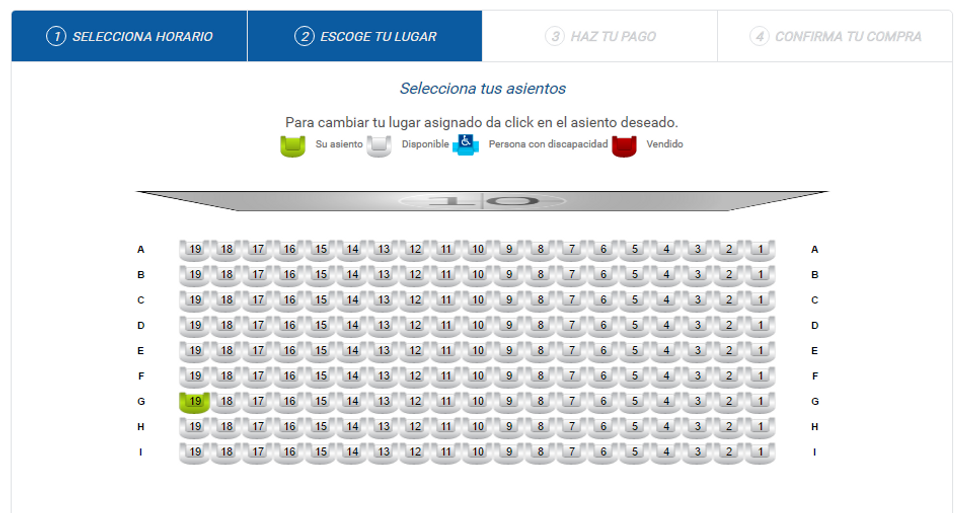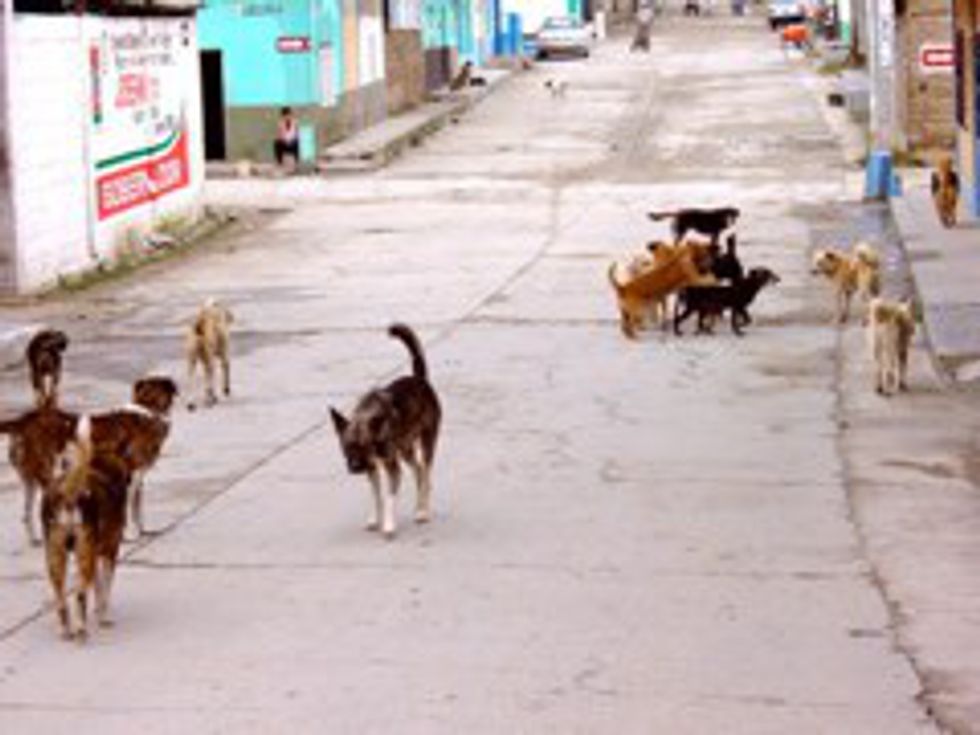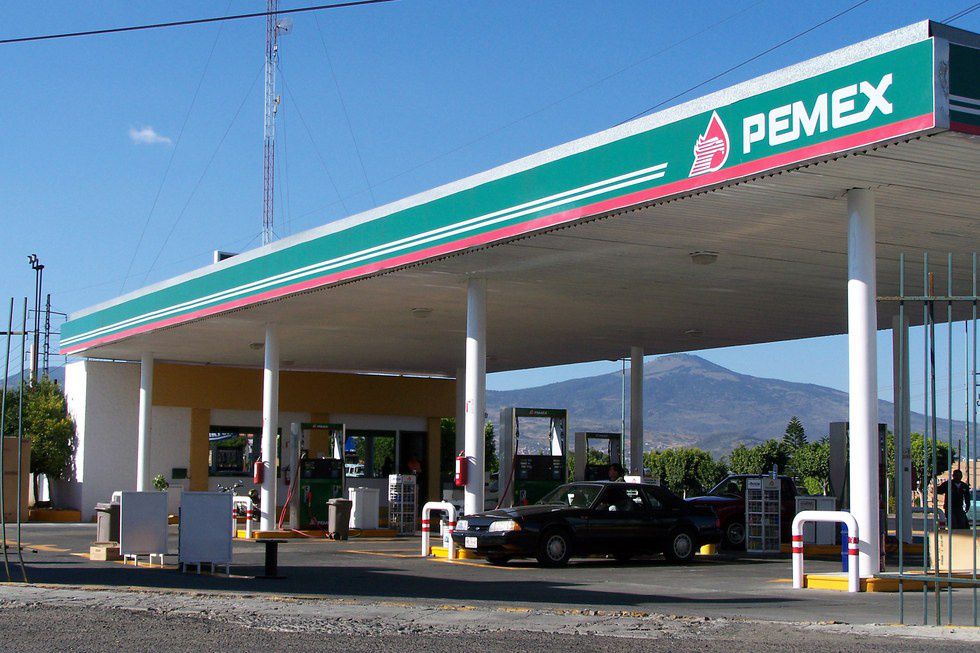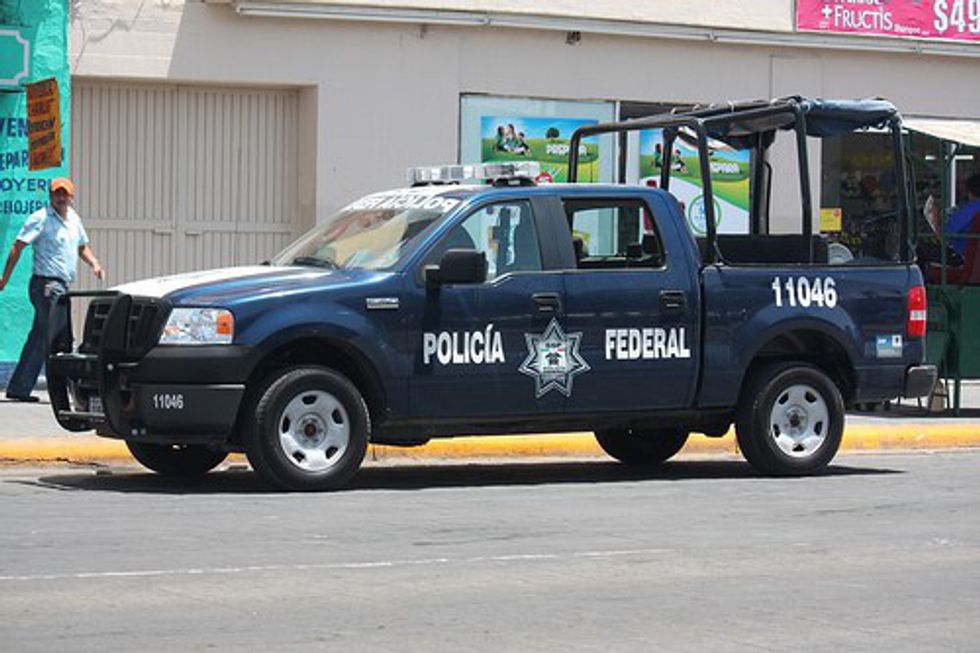DISCLAIMER: I only visited Mexico City and some surrounding areas. These are merely things that I noticed and by no means are these things meant to be extrapolated to the whole of Mexico. As you know, Mexico is large and diverse. I note that the following things are popular, but obviously not everyone does any one thing on this list. Also, if you notice that something is incorrect in this article, please feel free to let me know.
With that, let me give some background. I recently visited Mexico City (and some surrounding areas like Toluca) and had a really wonderful time. I flew in with my girlfriend's nuclear family (who were born and raised in Mexico City) at night and the view from the window was breathtaking. They call it the sea of lights.
Upon landing the plane rocked back and forth a bit, but when we landed successfully there was congratulatory whooping and shouting from the passengers (this is when I was told by my girlfriend's family that Mexicans are very rowdy). The time I spent there was awesome and I wanted to write something about my experience but much has already been written about traveling to Mexico. I wanted to go off the beaten path a little bit and write about some more subtle things that I noticed in Mexico that Americans hardly hear about - especially with this election season. So, here are some interesting things that I noticed:
1. The Television Content Rating System is different.
In the US, we have:
In Mexico there isApparently it is different for a lot of different countries.
2. Carpets aren't very popular.
What is more typical is tile or wood flooring and the selective use of rugs instead. The reasons for choosing tiles and wood over carpet I heard were that carpet collects a lot of dirt and is generally harder to clean. Carpet can also help to insulate the house which isn't appreciated with all the heat that Mexico experiences.
3. You put the toilet paper in the trash can not to toilet in most places.
That's right! I think that this was one of the most surprising facts for me. Of course, there are some places that you can throw your toilet paper in the toilet - especially chain restaurants and newly constructed buildings. This article talks about it more, but basically, the waste management is a little different between here and Mexico.
As the previously mentioned article states, both the USA and Mexico have a septic tank of sorts, but the material for each is different:
"In ... [The USA], a septic tank is usually made of a durable plastic and has two chambers. The first is called the sediment chamber. This is where the wastewater enters. Most of the solids collect here at the bottom where anything organic is slowly digested by bacteria. The liquids continue on, passing through PVC pipe (and perhaps some baffles to prevent large solids from entering) into the second stage, called the clarifying chamber. Here, particles are allowed to settle while the clearest liquid exits the septic tank.
[...]
In the plastic version, the liquid enters one or more perforated PVC pipes, which are buried in long trenches about four feet deep, filled halfway with gravel and covered with topsoil. This is called a drain field, and it’s where you want to plant your strawberries.
[...]
Here in Mexico, many of the colonial houses and other buildings were constructed before the advent of plastics, so most fosa septica [Septic pits] are built from plastered stone or concrete block. While plastic septic tanks have one or more manhole covers to permit inspection and cleaning, Mexican fosa septica are generally covered with a slab of concrete and sealed with plaster, like a tomb.
[...]
In the traditional, Mexican version, the liquid flows down into a filtro (filter), which is a concrete-lined pozo (well) filled with several inches of gravel on top, followed by several inches of charcoal in the middle, followed by a foot or two of sand at the bottom.
[...]
But the filtro is the hurdle, so to speak, on the toilet paper trail. Even if much of the paper discarded in a Mexican toilet remains in the fosa septica’s sediment chamber, tiny bits do float past the clarifying chamber and into the filtro, so that over time a paper mache sludge builds up."
The removal of that sludge is something that everyone has to do, but it is a bigger deal for Mexicans because the process of cleaning out the septic pit is more involved due to how it is constructed.
Below are some examples of the tanks:
4. You eat at different times than in the US and the food content and size are different.
The words for breakfast, lunch, and dinner translate to desayuno, almuerzo, and comida. That said, the translated words mean something a little different to Mexicans.
Breakfast, as far as I can tell, is still basically breakfast. The wonderful family I stayed with preferred such foods as scrambled eggs, turkey hot dogs, cheese, tortillas (soft tortillas, the hard ones are rarely found that far south in Mexico), sweet bread (we'll get to this in a moment) and lots and lots of fruits (which are really really cheap)!
Lunch - almuerzo - is different however. In fact, almuerzo isn't really even very popular. Almuerzo, from what I understand, is more of a tentempié (snack) to tide you over until what is known as comida.
Comida is kind of like a lunch/dinner and is the largest meal of the day. Instead of being eaten at noon like we eat lunch or around 6 or 7 pm like our dinner, comida is usually eaten in the early afternoon. This meal is not only the largest meal, but also usually lasts 2 hours because of the sobremesa, which is essentially table talk, or a conversation during and after eating (at least for the family I stayed with). Many many delicious foods are eaten and even better company is enjoyed.
Dinner translates to comida but is roughly equivalent tocena, which in my experience tended to be the smallest meal of the day and was had at around 8-10 pm. During cena, there is a most wonderful tradition of eating sweet bread (and not just muffins or doughnuts either - although they do have those and they're somehow even better than in the states). They eat day-of-the-dead bread, various pastries, flan, bread with sugar, fluffy bread, crumbly bread, bread with fruits and glaze or dipped in chocolate, dry bread, bread with baked cheese, and sooooo much more!
By far, my favorite place to go in Mexico was a panadería called La Esperanza! Cena quickly became my favorite meal of the day.
But not everyone eats sweet bread of course. Some folks actually eat quesadillas, fruit, foods of greater substance, or even no food at all during cena.
5. The house structure and layout are different.
At least where I stayed, the houses are a laid out a bit differently. As you might know, Mexico City is very large and with all of the people living there, there is very little space for lawns and streets. What ends up happening is that, like in most large cities, there is no lawn to the houses, and the wall of the house and the garage extend out to the beginning of the sidewalk. There are gates that open to the garage instead of a door. Some houses don't have a wall, but instead have a fence right at the sidewalk. In the part of town I was in, most of the fences at the sidewalk were tall and had barbed wire at the top. Most houses have a little space between the fence or wall at the sidewalk and the beginning of their house. In that space they may put a little garden that they can tend to.
Most of the houses are various forms of blocks. A majority of the roofs are flat (with a drain, of course) for hanging clothes to dry, and they lack any form of insulation (usually) because it's not needed. However, what I understand is that the houses are constructed differently so that they can withstand an earthquake. Most of the houses I noticed were made of concrete with steel rods running through the walls.
6. The house owner owns the sidewalk directly in front of their house.
The sidewalk, instead of being government property, is owned by the house owner who lives directly in front of it. Some people don't do anything with it while others will make a spot for shrubs or small trees and take care of it very well.
7. There are a lot of street sellers / entrepreneurs - They even sell and perform at the stop lights.
Usually they set up shop facing away from the street on the sidewalk. There are normal businesses, then there are little hot dog style shops set up on the sidewalks.
And there are performers and sellers at the lights who have the lights perfectly timed. They perform for so long or go car to car for so long and then when they know the light will change to green, they get to the side of the street to let the cars pass.
8. People rarely have air conditioning or heaters.
At least in their houses. A lot of the cars had air-conditioning, but in the places I stayed, it was fans only. As for heaters, it never really gets cold enough to need to use them.
9. There are moving open-air markets that are very prevalent (called tianguis).
These little gems move around from place to place. Where I was staying, there was one right at the end of the road on Saturdays. They are usually a few blocks long but it depends on the location.
10. The sockets don't typically have a ground.
From what I understand this is actually pretty common outside of the USA.
11. The flag has a deep meaning (Eagle on a cactus eating a snake).
From the website called inside Mexico:
The colors:
"Green is for The Independence Movement. White is for the purity of the Catholic faith. Red is for the Spaniards that joined in the quest for Independence. The blood of the National Heroes"
The symbol:
"The emblem-shield symbolizes the Aztec heritage. According to a beautiful legend, the gods had advised the Aztecs that the place where they should establish their city was to be identified when they saw an eagle, perched on a prickly pear tree, devouring a serpent. They saw this mythical eagle on a marshy lake that is now the zócalo or main plaza in Mexico City.
This flag was created in 1821, when the Independence movement had ended victoriously."
The Mexican flag is literally a picture of a fulfilled Aztec prophecy! How cool is that?!
12. It is not popular to send the elderly to nursing homes.
At least that's what I hear. I was told that the family usually looks after the elderly family members by taking them into their homes. By the way, nursing homes in Spanish are called asilos, which looks like asylum but does not actually mean that at all.
13. Laundry is usually done with just a washer then hung on the roof to dry.
As I said before, people hang their clothes on the roof of their homes (though if it rains they spread them out around the house on tendederos).
Honestly, who needs a dryer when you have the sun and wind?
14. Locks on interior doors are rare.
Again, so I'm told. Where I stayed, I didn't find any locks on the interior doors, but it might depend on the family.
15. The streets and parking lots are technologically advanced, but look run down.
The first thing I noticed about the streets is how much technology is integrated into your daily commute. For instance, most of the sidewalk lights have a person that moves like they are walking. When the time is starting to run out, the person walks faster!
Another thing that I found super cool was some of the parking garages. In one mall I visited, I found that the parking garages had a very advanced system. Above each parking spot there was a light and a sensor. The sensor detected if there was a vehicle in the spot. If there was a car in the spot the light turned red, if no car was present the light was green. That way you can cruise down the lanes and quickly find an open spot just by the light!
Even cooler were the signs that hang at the beginning of each lane. They communicate with the lane and inform you of how many open spots there are in the lane before you even turn into the lane. It's not a perfect system though. If there is a really small car parked in the spot - like a mini cooper, then it won't always recognize that a vehicle is parked there and so registers the spot as open.
On my way over to a city called Toluca, I noticed that the freeways have LED reflector pads that flash on the road at night. If the lane is painted white, the LED flashes white and so on. It was not only helpful, but cool to see as it looked like a futuristic runway.
16. Sometimes it's hotter in Michigan.
Yep! When I was there (during Summer) it was about 20°C (68°F) in Mexico but nearly 35°C (95°F) in Michigan! I apparently visited Mexico during what is known as the rainy season. Spring is hot season. Don't go during spring.
17. All the symbols are different (obviously) -bathrooms, faucets, etc.
Contrary to my goofy beliefs, C and F on the faucets don't stand for "cold" and "freaking hot", they stand for caliente and frío (meaning hot and cold, respectively).
Also, the public bathrooms have various symbols or names. In Toks, they have H and M on the bathrooms. H being hombres (men) and M being mujeres (women).
Sometimes they used caballeros which means gentlemen and damas which means "ladies."
Those were the big ones for me since I used them often. Obviously everything was in spanish, but when you reach for the valve labeled "c" expecting cold water it makes you do a double take if you weren't expecting hot water. As you may be able to tell, I haven't traveled much...
18. It is popular for public restrooms to have faucets with no handles and only a plug over the outlet.
Speaking of faucets, this video shows you what I'm talking about. With the exception of being a little frustrating to use, it is actually pretty ingenious because it saves water big time!
19. You buy the seats in the movie theater before entering the theater.
20. Having ketchup on your pizza is popular.
When we went to Pizza Hut, I was surprised to find that they had a bottle of ketchup sitting at the table. Apparently, it is very popular to have ketchup with your pizza! I'm pretty sure that very few people gob the ketchup on like in the picture, but I've seen the pizza dipped in ketchup much like I've seen people dip pizza in ranch dressing in the USA.
22. In some smaller towns there are a lot of stray dogs.
When we visited family in Toluca, I noticed that there was a high prevalence of stray dogs.
22. There is only one gasoline station brand - Pemex - and they are owned by the government (They fill up your tank and wash your windshield for you).
Pemex - Mexican Petroliums - is the only gas station in Mexico and it is state-owned. This means that there is no competitors to Pemex. It has an interesting history too!
23. Oxxo is very prevalent.
Oxxos are everywhere. Apparently it is a popular joke to give directions by referencing oxxos.
Ex:
Person 1: Turn left at the Oxxo.
Person 2: Which one?!
*laughing commences*
From what I understand they're just little convenience stores like our 7/11s.
24. Fried pig skin - Chicharrón - is a popular treat.
It doesn't taste like much for me, but it wasn't bad. From what I found, you buy it in a bag then snap a chunk off and crunch on it for a while. You can also put lime and/or salsa on it. I saw many creative uses of it including boiling it with green and red sauces or dousing it in various foods. If you get a chance, I recommend trying it!
25. Police have their lights on all the time.
Apparently this is kind of a new thing. I found a story that talks about how there are outside lights and inside lights. The former is used for patrolling while the later is used for pulling over vehicles. This is really really confusing for basically everyone, but I guess their thoughts are that the lights help deter crime. Others have the theory that the police are just doing it because they're so corrupt that they can do whatever they want.
Bonus!
I don't want to end on a discouraging note with the police officers thing, so I'll share something with you that was utterly mind-blowing to me. Mosquito is Spanish for "little fly". Mosca means fly, and "-ito" is something commonly used in Spanish to denote something that is little. You're welcome - go tell your friends. I've told all of my friends...
So there you have it! I hope you found at least a few of these things as interesting as I did!








